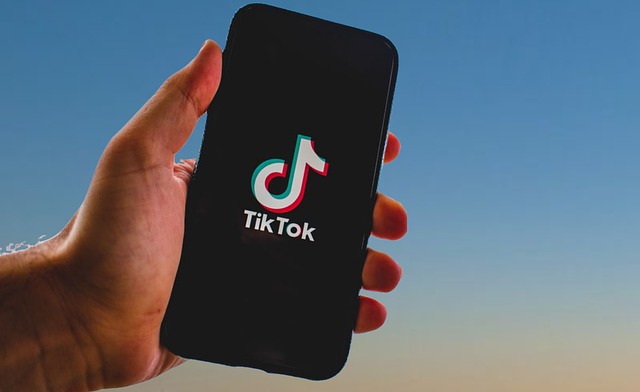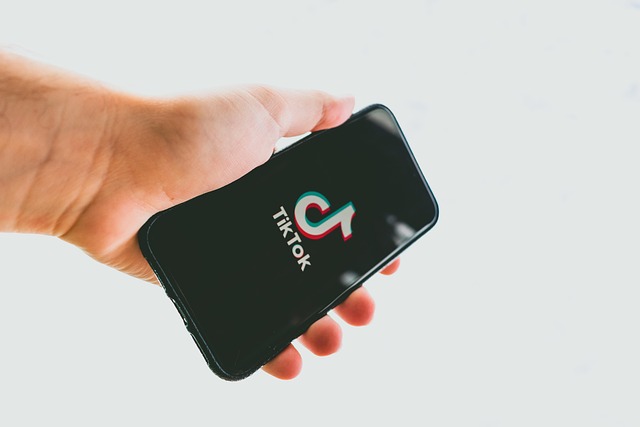TikTok has announced a new feature that will allow users to decide how much AI-generated content appears in their personalised feed, giving them greater control over what the platform calls digital “slop”. The update introduces a slider within the app’s “manage topics” section, enabling people to increase or decrease the amount of generative AI videos they encounter. The setting is optional, meaning users who do not actively adjust it will continue to see AI-created clips as usual.
++ The peregrine falcon: nature’s fastest killer in the sky
The tool works in the same way as existing interest sliders for categories such as sport or food and drink. “This means that people who enjoy AI-generated history content can see more of it, while those who would rather see less can simply reduce it,” TikTok said in a statement.
The company also confirmed it is expanding its watermarking system to make AI-generated videos easier to identify. In addition, it plans to invest $2m (£1.57m) to support creators producing content that explains how to use artificial intelligence responsibly.
TikTok stressed that “AI can transform how people share their creativity, discover new interests, and stay safe on our platform, when used transparently and responsibly”. The app already employs AI in various tools, including an automatic editing feature that suggests where clips should be cut. Industry specialists say the new option will not put an end to the widespread presence of AI-generated videos across social media, but welcomed it as a step towards improving user control.
“We can’t solve the problem of AI slop through opt-in settings alone. That said, increasing user agency is crucial if platforms are to take responsibility for the surge of synthetic content in our feeds,” said Alexios Mantzarlis, director of the Security, Trust and Safety Initiative at Cornell Tech.
++ Power and finesse: the monkey that bites like a jaguar
“I’m pleased to see TikTok introduce this filtering option – following a similar move by Pinterest earlier this year – and I hope other platforms adopt the same approach. For AI filters to be truly effective, however, we need detection and labelling technologies to advance as well.”





